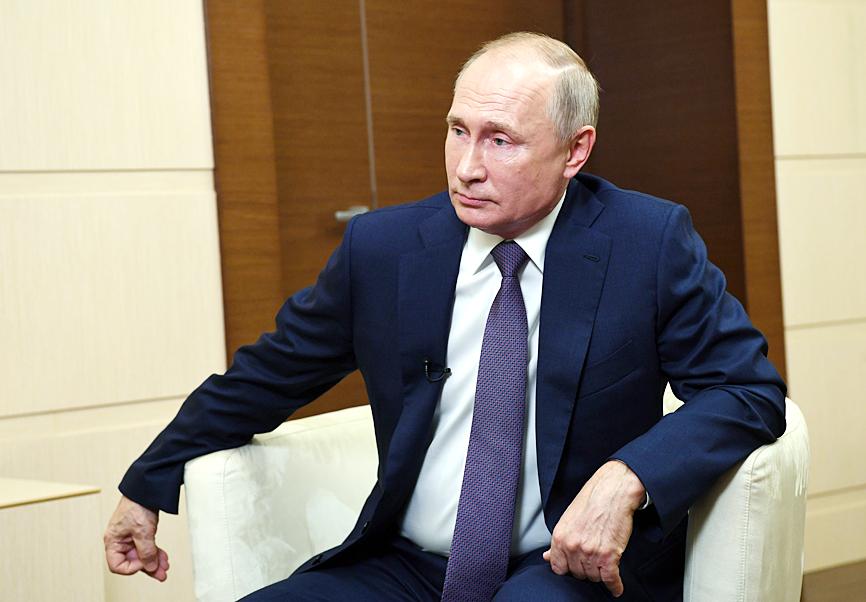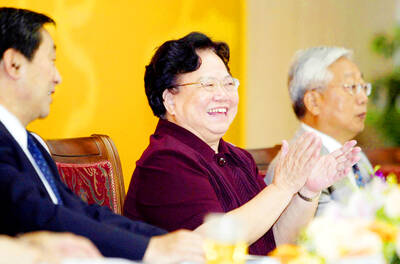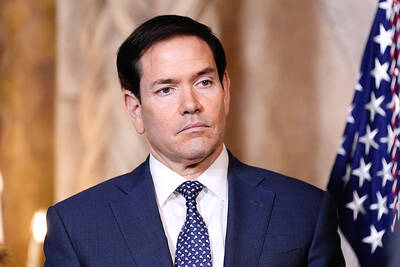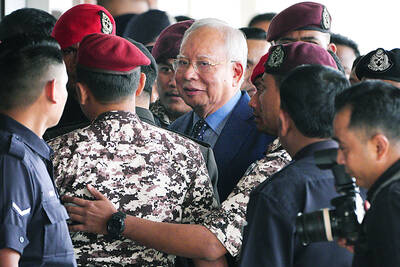Russian President Vladimir Putin on Tuesday defended a ceasefire deal he brokered between Azerbaijan and Armenia after France called for him to fix “ambiguities” in the text.
Putin said the deal laid the basis for “long-term normalization” for the disputed Nagorno-Karabakh region.
However, he admitted that the ceasefire, which allowed Azerbaijan to consolidate major territorial gains after several weeks of bitter fighting, had not solved the “problem” of the final status of Karabakh.

Photo: EPA-EFE / Alexei Nikolsky /Sputnik / Kremlin
France had urged Russia to clarify the role of Turkey, make provisions for foreign fighters and put in place a plan to discuss the future status of the region.
French Minister of Foreign Affairs Jean-Yves Le Drian told the National Assembly in Paris that the issues would be discussed at a meeting in Moscow of the so-called Minsk Group — which is co-chaired by France, Russia and the US.
The US Department of State echoed France’s view, saying there were still questions the Russians needed to clarify about the deal, “and that included the role of the Turks.”
US Secretary of State Mike Pompeo, on a visit to Georgia, which borders both parties to the conflict, said the ceasefire was just a first step toward creating a peaceful settlement.
He urged all sides to start talking under the Minsk Group.
However, Putin defended the deal, telling the Rossiya 24 state TV channel: “The fact that hostilities have stopped and there is an agreement to unblock transport, restore economic ties, it’s extremely important.”
Conceding that there was a problem with deciding the final status of Karabakh, he added: “What happens next should be decided in the future, or by future leaders, future participants in this process.”
“There is no need in cooperation of this kind in this case, but we agreed to create a joint center that will use unmanned aerial vehicles, and together we will be monitoring the situation along the separation line with these aircraft,” he said, adding that Turkish troops would not enter Nagorno-Karabakh.
Meanwhile, in Ankara, the Turkish parliament on Tuesday granted Turkish President Recep Tayyip Erdogan’s government permission to deploy peacekeepers to Azerbaijan to monitor the pact.
In a show of hands, legislators voted in favor of a one-year mandate allowing the government to send troops to Azerbaijan.
Erdogan’s government would determine the number of troops to be sent and it was not immediately clear how many the country planned to deploy.
The motion states that civilian personnel could also be deployed as part of the peacekeeping mission.
Erdogan’s government said the Turkish peacekeepers were crucial for the region’s peace and welfare, and for Turkey’s national interests.
In other developments, Armenian Prime Minister Nikol Pashinyan yesterday unveiled a six-month action plan he said was ensure the country’s democratic stability even as the government was in flux.
In a Facebook post, he reiterated that he took full responsibility for what had happened, but said he was now responsible for stabilizing Armenia and ensuring its national security.
He said he wanted to try to restore a formal negotiation process over Nagorno-Karabakh under the auspices of the Minsk Group and to prioritize the return of people to territory controlled by ethnic Armenians.
Pashinyan said that he also wanted to address the legal status of Nagorno-Karabakh, carry out military reform, amend election laws, and focus on tackling the COVID-19 pandemic and the economy.
“In June 2021 I will present a report on this road map,” Pashinyan wrote.
Additional reporting by AP and Reuters

The death of a former head of China’s one-child policy has been met not by tributes, but by castigation of the abandoned policy on social media this week. State media praised Peng Peiyun (彭珮雲), former head of China’s National Family Planning Commission from 1988 to 1998, as “an outstanding leader” in her work related to women and children. The reaction on Chinese social media to Peng’s death in Beijing on Sunday, just shy of her 96th birthday, was less positive. “Those children who were lost, naked, are waiting for you over there” in the afterlife, one person posted on China’s Sina Weibo platform. China’s

‘POLITICAL LOYALTY’: The move breaks with decades of precedent among US administrations, which have tended to leave career ambassadors in their posts US President Donald Trump’s administration has ordered dozens of US ambassadors to step down, people familiar with the matter said, a precedent-breaking recall that would leave embassies abroad without US Senate-confirmed leadership. The envoys, career diplomats who were almost all named to their jobs under former US president Joe Biden, were told over the phone in the past few days they needed to depart in the next few weeks, the people said. They would not be fired, but finding new roles would be a challenge given that many are far along in their careers and opportunities for senior diplomats can

‘NO COUNTRY BUMPKIN’: The judge rejected arguments that former prime minister Najib Razak was an unwitting victim, saying Najib took steps to protect his position Imprisoned former Malaysian prime minister Najib Razak was yesterday convicted, following a corruption trial tied to multibillion-dollar looting of the 1Malaysia Development Berhad (1MDB) state investment fund. The nation’s high court found Najib, 72, guilty on four counts of abuse of power and 21 charges of money laundering related to more than US$700 million channeled into his personal bank accounts from the 1MDB fund. Najib denied any wrongdoing, and maintained the funds were a political donation from Saudi Arabia and that he had been misled by rogue financiers led by businessman Low Taek Jho. Low, thought to be the scandal’s mastermind, remains

Australian Prime Minister Anthony Albanese yesterday announced plans for a national bravery award to recognize civilians and first responders who confronted “the worst of evil” during an anti-Semitic terror attack that left 15 dead and has cast a heavy shadow over the nation’s holiday season. Albanese said he plans to establish a special honors system for those who placed themselves in harm’s way to help during the attack on a beachside Hanukkah celebration, like Ahmed al-Ahmed, a Syrian-Australian Muslim who disarmed one of the assailants before being wounded himself. Sajid Akram, who was killed by police during the Dec. 14 attack, and